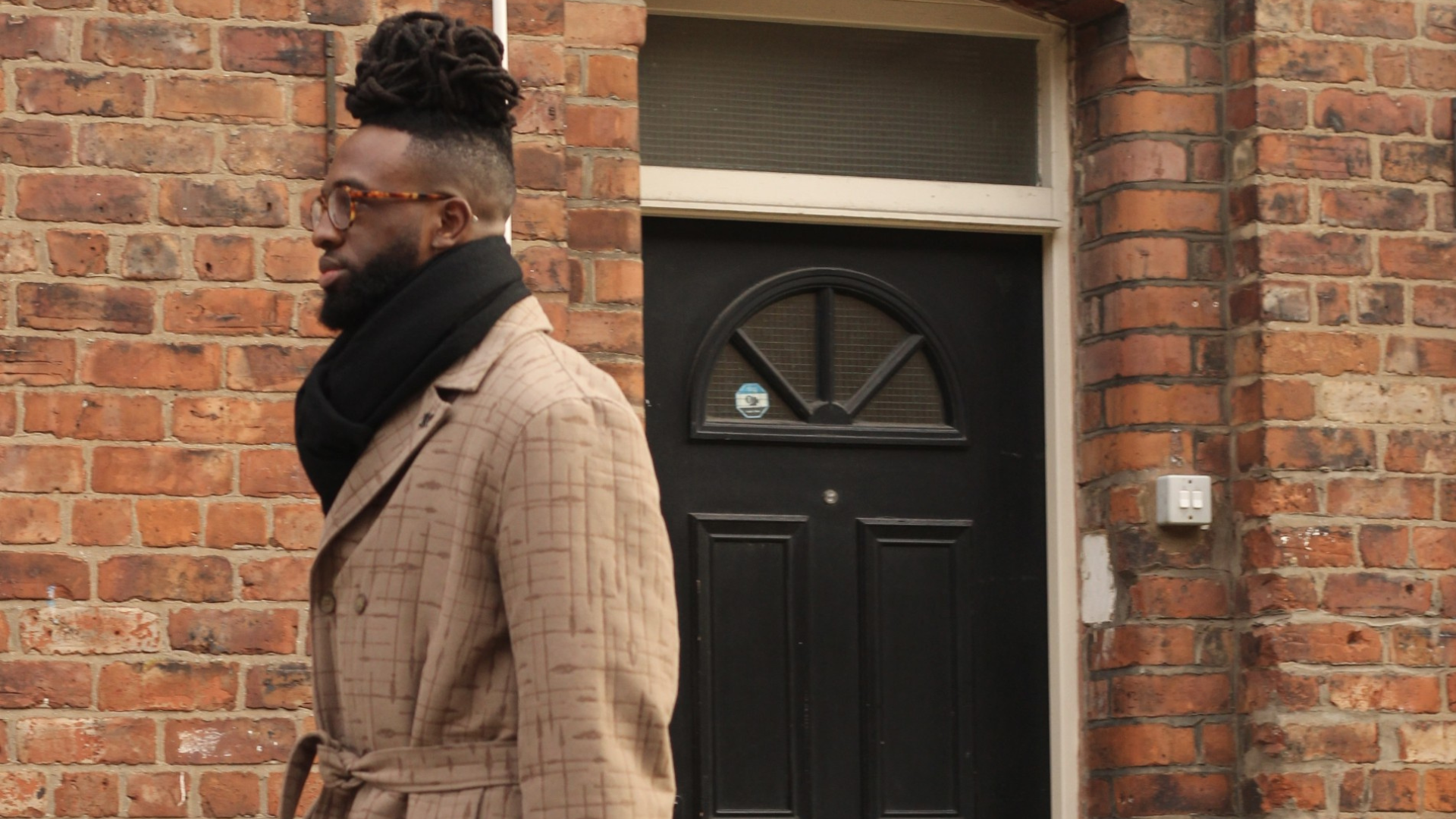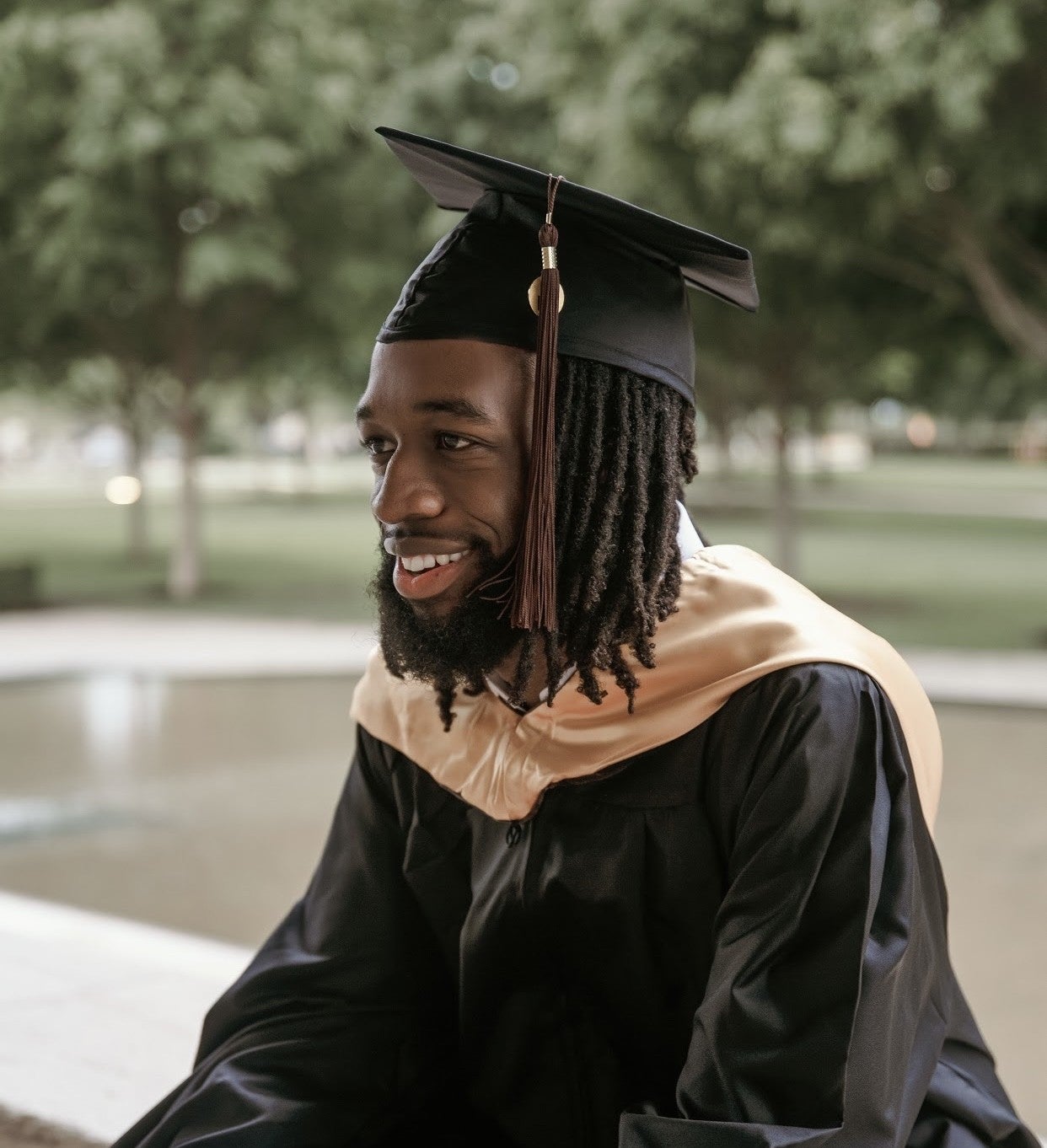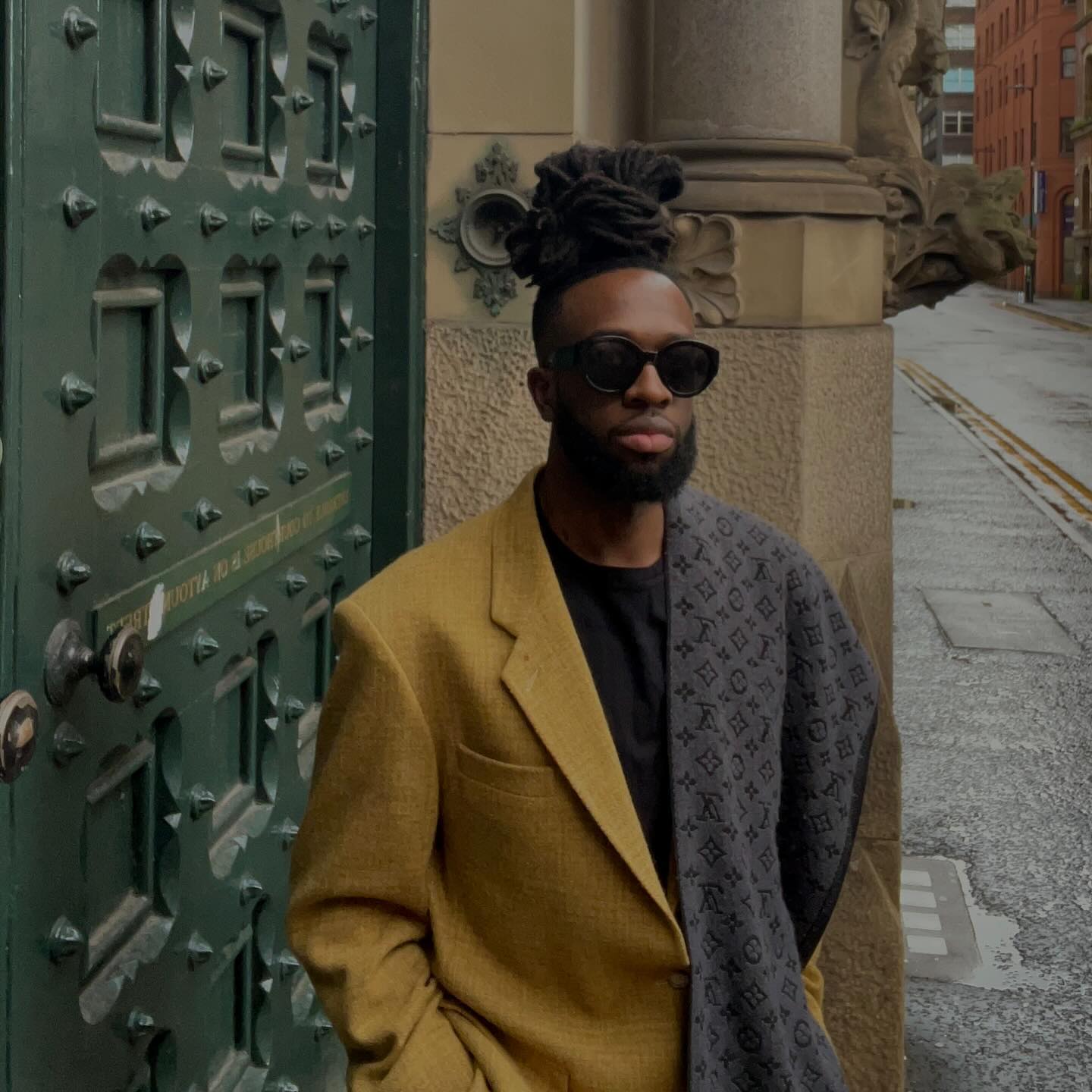What Living Abroad Is Teaching Me About Clothes
What Living Abroad Is Teaching Me About Clothes
https://www.essence.com/fashion/what-living-abroad-is-teaching-me-about-clothes/
 Julian Randall
Julian Randall By Julian Randall ·Updated June 26, 2024
Upon moving to England, I hadn’t really thought about my Black identity beyond the American context. As I embarked on this new journey, it was important to me to make sure I owned clothes designed by Black British designers when I arrived. On the flight to Manchester, my new home, I wore a design by Nicholas Daley, who is of Scottish and Jamaican descent. The blue pleated track pants made of cotton twill with a jacquard trim along the side seams were a gift to myself for being accepted into my Ph.D. program.
 Julian Randall
Julian Randall
Relocating to a new country for a three-plus-year stay made me think about my identity and how I fit into the world. I was curious about the experiences of Black people in the U.K. and what it means to be Black and British. While the popular tourist attractions are interesting, I was more curious about the everyday life of Black people in the country. Leaving my Julian Randall
Two months after I settled in my Manchester flat, I attended the Africa Fashion Conference at the Victoria & Albert Museum, which accompanied the exhibition. It was one of the most nourishing and intellectually invigorating events I’d ever attended. Present were curators, artists, and scholars, some of whom dabbled in all three, and the majority were Black. Fashion designer Adebayo Oke-Lawal of Orange Culture articulated the nature of bespoke tailoring in Africa and its deep embeddedness within Nigeran culture. This was the first time I’d heard someone give an account of Black luxury without all the weight. And to see African makers’ garments in the show, displayed with the same gripping, visual astuteness as the more decorative ones, was particularly illuminating for me. (It turns out Black folks can enjoy neutrals, and it doesn’t have to mean we’re sad or assimilating or whatever!) In between presentations, a side chat with Theo Tyson, Penny Vinik Curator of Fashion Arts at Boston’s Museum of Fine Arts, led to musings over Dapper Dan’s street theory of cultural translation. It turns out our affinity for logos might also reflect our preferred aesthetic expression.
 Julian Randall
Julian Randall
I enjoy people-watching at airports, where I’ve noticed an interesting trend. Many travelers don’t worry too much about their appearance, especially for early-morning flights. However, I’ve observed that many Black people still put effort into their airport outfits. As I helped my mom pick out her airport attire recently, I realized that this attitude might still be lingering within our community, and I hope it is. When I see Black travelers going through security and taking off their shoes, belts, and jewelry, I can’t help but notice their influence on Western fashion, particularly with streetwear. There’s a cool, casual vibe to theirrel=”tag”>men’s fashion
The post What Living Abroad Is Teaching Me About Clothes appeared first on Essence.
